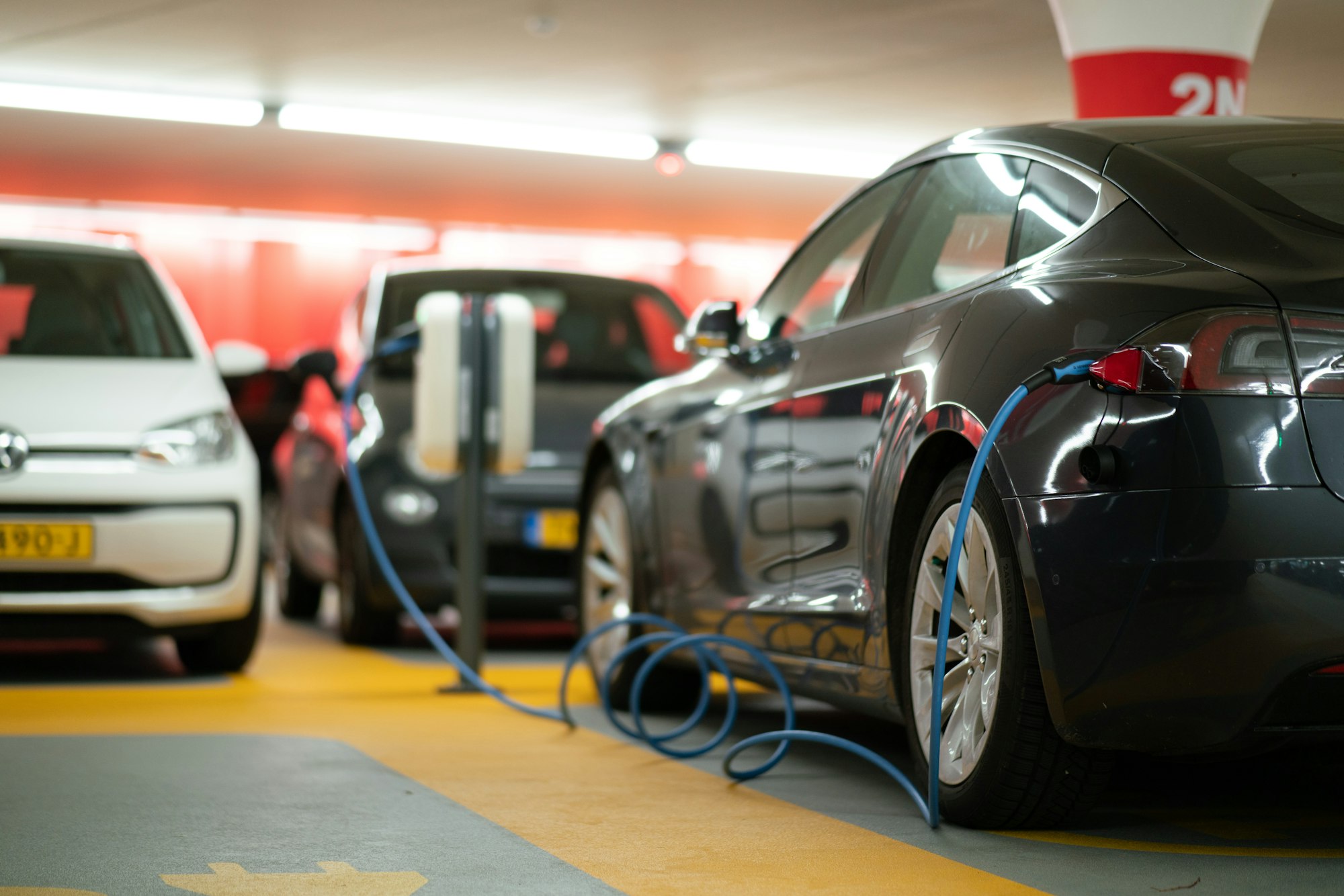Electric Car Charging Explained


You might have been asking how an EV is charged and ;how long it takes to be fully charged after having driven for miles. We will help you understand it in details here. There are also different companies that offer public charging and also sell chargers for you to use at home.
It is important to note that the electron pit-stop offers different charge rates based on capability, type of charger, weather, temperature, how many cars are connected to the station, time of day, and your car’s battery capacity. Top-up charging refers to replenishing your EV's battery before it runs dry. Typically, EV owners will top up charge when they get to their destination or once they return home. Public chargers generally fall under the Level 1 or Level 2 category. Making top-up charging times fall in between the 4 to 30-hour range.
When purchasing an EV, it comes with instructions on which type of charger you should use. Different cars differs, manufacturers and third-party businesses offer faster, more efficient chargers, too. These can be installed by an electrician or be gas station-like chargers installed throughout the country. Here are some of the chargers:-
Manufacturer -provided Level 1 Outlet Charger (~3.7 kW)
- The simplest form of EV charging, Level 1 chargers have a standard, three-prong household plug on one end, and a connector on the other end that plugs into the vehicle.
- These chargers, which are usually portable and do not require installation by an electrician, dispense electricity at a wall outlet’s normal 120-volt rate.
- EVs that use this type of charger include :- Tesla, Jaguar, Audi, Porsche, Nissan, Chevrolet, Mercedes-Benz, Hyundai, Kia, BMW, Honda, Mini, Volkswagen It takes 11 to 30 hours to fully fill these EVs.
Manufacturer- third party Level 2 Charger (~6.6 kW)
- A handful of EV manufacturers and third-party providers offer quicker-charging 240-volt units. Residential Level 2 chargers are usually installed by an electrician and require a dedicated 40-amp circuit. Level 2 chargers can also be found in public places like parking lots, offices, and other commercial locations.
- Example of EVs that use this charger are - Tesla, Jaguar, Audi, Porsche, Nissan, Chevrolet, Mercedes-Benz, Hyundai, Kia, BMW, Honda, Mini, Volkswagen. It takes 4 to 6 hours to recharge them.
Manufacturer-Built Standalone Fast Charger (~150-250 kW)
- The Tesla Supercharger network uses a proprietary 480 V direct-current system. Tesla’s Supercharger network only works with Tesla vehicles.
- It takes 40 minutes to an hour to fully charge an EV.
Third-Party Standalone Fast Charger (~150 kW)
- Like Tesla’s Supercharger network, the third-party fast-charging networks use a 480-volt system commonly known as DC fast charging but can accommodate a variety of electric vehicles. Third-party DC fast charging networks include Charge-point, EVGo, and Electrify America.
- This also takes 40 minutes to an hour same as the manufacturer- built standalone type of charger.

Manufacturer-Built Standalone Ultra-Fast Charger (~350 kW)
- Porsche uses an 800-volt electrical architecture to enable ultra-fast charging of its Taycan EV. Currently, in the U.S., only the Electrify America network, a subsidiary of Volkswagen Group of America, has chargers that can accommodate Porsche’s 800 V system (although the Taycan can also use 480-volt DC fast charging, albeit at a slower charge rate). Other Volkswagen Group vehicles with the 800-volt system, like the Audi e-tron GT, will be able to use ultra-fast charging.
- It takes 25 to 40 minutes to replenish the EV.
With the different types of chargers explained above it is also important to consider there are different issues/things that affect the recharging of an EV such as :-
i) Ambient temperature- Colder temperatures affect a battery’s electrochemical reactions, thus charge speeds will slow as the mercury drops. Likewise, range is affected negatively by cold weather.
ii) Charger type- The type of charger determines whether you’re in for a quick pit-stop or a long time at the recharge station.
iii) Amount of EVs connected to a station- The more EVs connected to a charging station the slower the charge rate.
iv) Vehicle’s battery size- EVs are offered with a variety of battery sizes; the capacity of an EV’s battery (measured in kilowatt-hours) determines how quickly it charges. For example, the Tesla Model S and Model X are available with a high-capacity 100 kWh battery, while the base-model Hyundai Kona’s battery is 39.2 kWh. So this means the Kona will charge faster compared to the Tesla model S and X.
v) Vehicle’s battery depletion- A fully depleted battery will charge slower than a half-full battery. To ensure a battery’s longevity, an EV’s battery management system will retard the flow to protect the battery.
Vi) Time of day- Timing of the day determines the power supply and how strong the supply is, but this is mostly dependent on where you live, power delivery could be affected by the time of day you charge your EV. Peak usage hours may slow a charger’s rate as more electricity is drawn from the grid.
We are not forgetting the cost of charging an EV , however, this is dependent of the type of charger you are likely to use and also the place you live because different places have different charges on the power supply which will highly affect the cost. For example, Tesla offers its Gen 3 wall charger for $500, and third-party chargers can range from $400 to $900, plus $1,500 to $2,000 for installation.
It is also important we give you a snippet of range, but this differs from one EV to the other. For example, you will get 84 miles in a Fiat 500e and 300-mile range in an EV like a Tesla Model 3 Long Range or Porsche Taycan.




